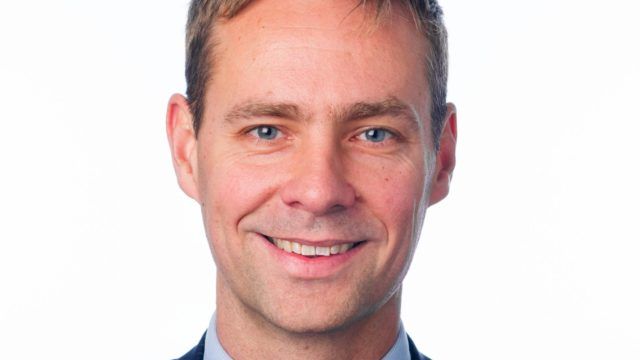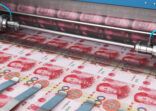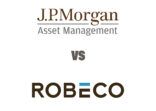“Some investors still believe the high yield bond market is basically homogenous, comprised of US LBO [leveraged buy-out] financing and speculative energy companies,” Fraser Lundie, head of credit at Federated Hermes, told FSA.
“But that view is wrong, as the asset class has changed in shape and size significantly during the past decade.”
The market has doubled in size, and although US and European borrowers comprise about two-thirds of both its value and number of issuers. There are now 86 countries represented across Asia, Europe and Latin America, according to Lundie.
The average individual issue size is $700m, 50% larger than 10 years ago, and there is a greater diversity in the use of bond proceeds away from refinancing more expensive bank debt to funding for capex spending and other corporate purposes.
Meanwhile, the recent coronavirus-related downgrades of companies previously rated investment grade (BBB- and above) to “fallen angel” status has provided opportunities for when economies and corporate earnings eventually recover.
“The pool of available issuers has improved in quality, with the asset class’s average credit rating at BB, up from single-B a few years ago, and with CCC name only accounting for 8% of the market,” said Lundie.
Lundie manages the $244m Hermes Global High Yield Credit Fund, whose performance has along with the rest of the high yield sector suffered this year as investors switched out of risk assets to the relative safety of government bonds and better quality investment grade credits.
The fund’s value plunged in March, interrupting a steady performance until then, and it has made a -1.84% total return over three years (see chart below), compared with -0.21% by its benchmark, and with similar annualised volatility of about 15%, according to FE Fundinfo data.
The high yield team doesn’t distinguish between developed and emerging markets, because issuers are now predominantly companies with large stock market capitalisations and typically have global businesses.
“There is no such category as ’emerging markets’ in this space when you consider that many borrowers are companies from countries such as Poland, Brazil and China with worldwide production or sales operations,” said Lundie.
Although 57% his fund is allocated to North America, it has 16% exposure to countries usually designated as “emerging”, including 8% to Latin America, “where the risk-reward attributes of several energy, metals, mining and materials companies are attractive”, he said.
The fund has a bias towards better quality issuers and even has 10%-to-15% invested in investment grade bonds. There is also a tilt towards “old economy” sectors, such as heavy industry and autos, which have a reliable debt-servicing history, which should provide protection for the fund if defaults across the asset class increase, according to Lundie.
The fund integrates ESG into its investment process, combining its analysts’ assessments with inputs from Federated Hermes’s standalone EOS division.
An emphasis on better quality issuers means giving up the temptations of higher-yielding alternatives.
The average yield of its benchmark ICE BofA Merrill Lynch Global High Yield Constrained EUR Hedged index is 8.19%, three percentage points higher than the fund’s yield of 5.16%, according to its latest fact sheet (30 April 2020).
“It is hard to underwrite lower quality credits in this environment,” said Lundie.
Speculative bonds have less convexity than equities – that is their price performance upside is limited by market yield levels, and it is prudent to focus on companies with solid balance sheets and strong cash flows, according to Lundie
“Fortunately there are many, diverse opportunities for high yield investors,” he said.
Hermes Global High Yield Credit vs the category average and benchmark


















